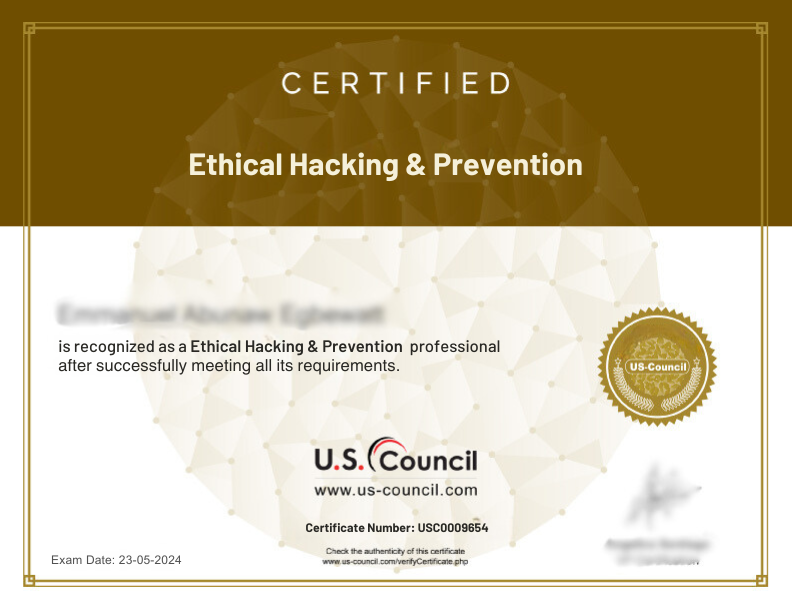Overview
(Pre-Requisite Knowledge of Cybersecurity Associate - SOC Analyst)
This course is meant for those professionals who are looking for comprehensive and total knowledge in the network security domain. This is the only course which teaches both hacking and prevention techniques. And in keeping with Zoom's standards, this course is entirely hands on and real time oriented. And need we say, the instructors are network security and intrusion specialists with several years of experience.
Course Schedule
Course Schedule
Ethical Hacking and Prevention
08:00 PM to 10:00 PM
(IST - GMT +05:30)
2
Weeks
2 Hrs/Day
Sunday off
For Online Training Students
- Instructions will be Provided to do Lab Practicals with your PC at Home
- You will receive link to your email from Webex in an hour after the class to Download the Recorded Videos.
- All the study materials will be provided FREE through our Study Material and Videos
Imp. Note
- Fees once paid will not be refunded or adjusted against other courses / batches / students under any circumstances whatsoever.
- Organization reserves the right to expel any student during the training period.
- In case, a student fails to attend the given batch the amount given will be forfeited against his / her name.
FAQ'S
US-Council Certification is a set of comprehensive programs aiming to create cybersecurity experts capable of defending against cyber threats. Unlike other cybersecurity certification, which focuses on ethical hacking, US-Council provides a broader approach towards cybersecurity education and awareness, including proactive defense strategies and security testing services.
Choosing US-Council for your cybersecurity certification ensures that you receive thorough education and awareness about the latest security measures and cyber threats. With certifications from US-Council, you gain access to free white papers, the opportunity to become an authorized partner, and insights from informative live webinars, all tailored to help you secure or perish in the face of cybercrime.
 Certified
Ethical Hacking and Prevention
Certified
Ethical Hacking and Prevention